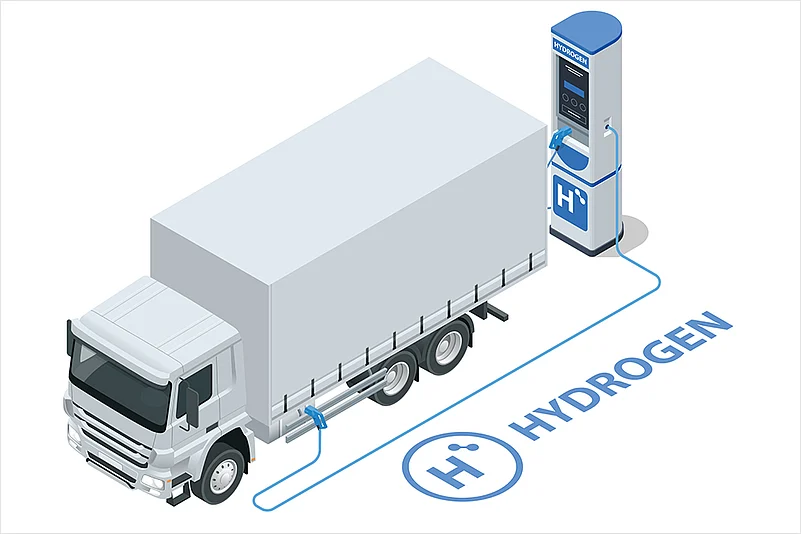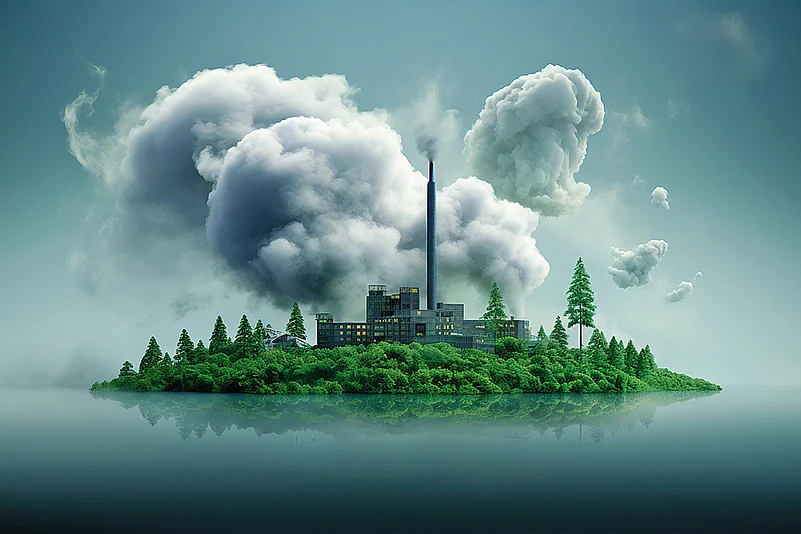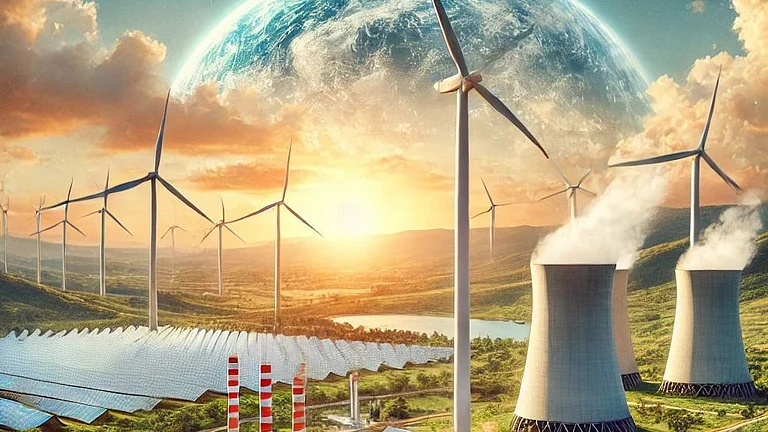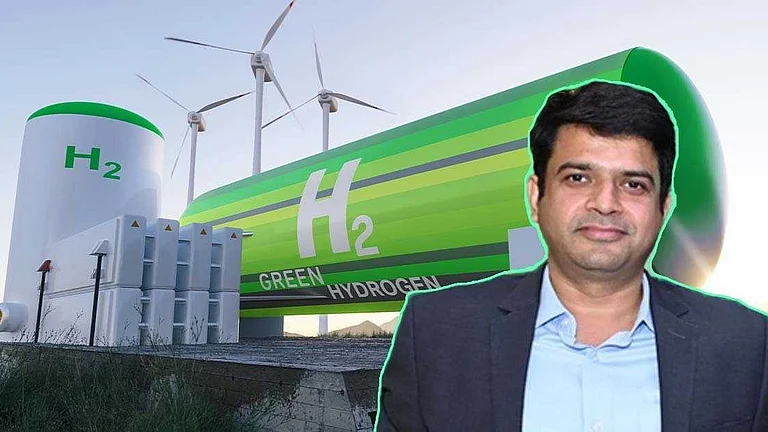The global green hydrogen market is experiencing rapid growth. In 2024, it was valued at $7.98bn and is expected to grow at a compound annual growth rate (CAGR) of 38.5% from 2025 to 2030.
Big Ambitions
With technological advancements driving down the high cost of electrolysis, particularly proton exchange membrane (PEM) and alkaline electrolysers, green hydrogen is becoming more competitive with other energy sources like natural gas. Further, regions such as Europe and the US are investing in localised manufacturing of electrolysers to reduce dependency on imports and build domestic green hydrogen industries, strengthening the business landscape.
Favourable government policies and subsidies are accelerating the development of green hydrogen infrastructure. Notable initiatives include hydrogen roadmaps in countries like Germany, Japan and Australia, which focus on creating ecosystems for green hydrogen production, distribution and utilisation.
Heavy industries that are difficult to electrify, such as steel, cement and chemical production, are adopting green hydrogen to decarbonise their operations. Additionally, the transportation sector, including trucks, ships and even aircraft, is exploring hydrogen fuel cells as a clean alternative to diesel and jet fuel.
In 2020, leading European automotive manufacturers revealed plans to transition their truck fleets to hydrogen power by 2040. Additionally, Airbus is developing hydrogen-powered aircraft, with plans to launch commercial flights by 2035.
Carbon pricing schemes and markets, including carbon taxes and emissions-trading schemes (ETS), significantly impact the development and deployment of green hydrogen. In the European Union (EU), carbon pricing mechanisms are becoming a significant driver for green hydrogen projects. The EU’s ETS, for example, is incentivising companies to produce green hydrogen to offset emissions from other sectors.
Large energy, finance and industrial corporations are establishing hydrogen projects that combine green hydrogen production with carbon credit generation. Investors increasingly consider carbon credits tied to green hydrogen as part of their environmental, social and governance (ESG) portfolios.

The Key Players
The global green hydrogen market is characterised by a mix of established energy giants, industrial players and new entrants focusing on innovation and sustainability. Some key players are: Plug Power, US, a pioneer in hydrogen fuel cells and hydrogen generation systems and Siemens Energy, Germany, which is actively developing hydrogen technologies, particularly in electrolysis systems.
Others include Iberdrola of Spain, one of the world’s largest renewable energy companies, Air Products and Chemicals, US, which invests heavily in hydrogen production and distribution infrastructure and Enel Green Power, Italy, who are working on producing green hydrogen from their extensive renewable energy portfolio, especially in Europe.
Germany has been one of the earliest adopters of green hydrogen and has committed to investing heavily in the technology. In 2020, the German government announced its National Hydrogen Strategy, which aims to make the country a global leader in green hydrogen production.
Japan has long been a leader in hydrogen technology and is investing in green hydrogen to decarbonise its industrial and transport sectors. Japan’s hydrogen strategy includes developing an entire hydrogen supply chain, from production to storage and distribution.
With vast renewable energy resources, Australia focuses on large-scale hydrogen production for export markets, supported by government-funded research and infrastructure development.
The European green hydrogen market also accounted for a significant share of revenue in 2024. The EU is positioning itself as a global leader in green hydrogen, with several initiatives under the European Green Deal aimed at fostering the development of a hydrogen economy.

What is India’s Take?
As the world’s third-largest emitter of greenhouse gases, India has its own set of challenges in reducing its carbon footprint. Green hydrogen presents a viable solution to decarbonise sectors, including those difficult to electrify.
In November 2021, India launched its National Hydrogen Mission to position itself as a global leader in green hydrogen production. India has allocated Rs 19,744 crores for this and set a target to produce 5mn metric tonnes (MMT) of green hydrogen annually by 2030.
In 2022, the government announced its Green Hydrogen Policy, which offers incentives such as reduced transmission charges for renewable energy used for hydrogen production, open access for renewable energy developers and prioritising renewable power to green hydrogen producers. This policy aims to bring down the cost of hydrogen production and make India a competitive player.
Several Indian states have also introduced their hydrogen policies. Gujarat, for example, has announced plans to establish a hydrogen hub, leveraging its renewable energy capacity and strategic ports. Other states like Andhra Pradesh and Karnataka are also actively involved in green hydrogen projects to contribute to the nation’s overall hydrogen targets.
India is also encouraging partnerships between the government and private entities to scale up green hydrogen production, as well as international collaborations for hydrogen production and technology exchange. It has signed memorandums of understanding with Japan, Germany and the UAE to facilitate the exchange of knowledge and technology.











